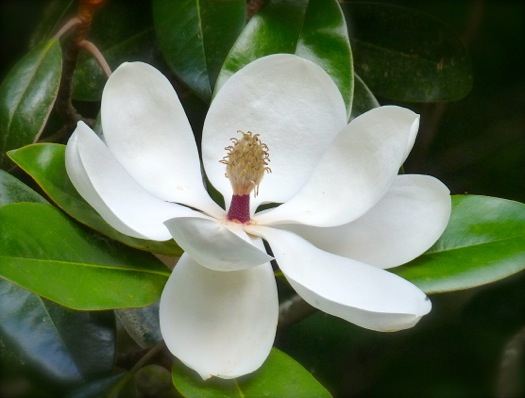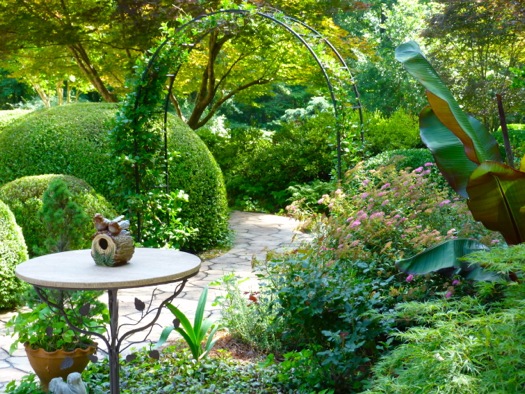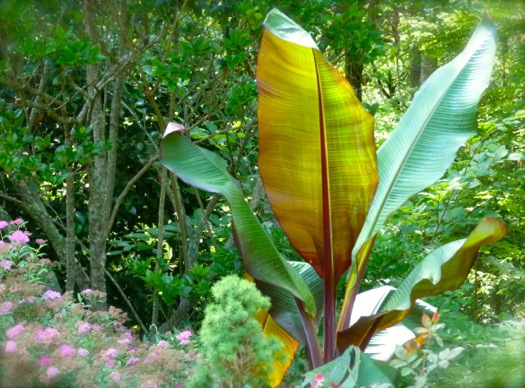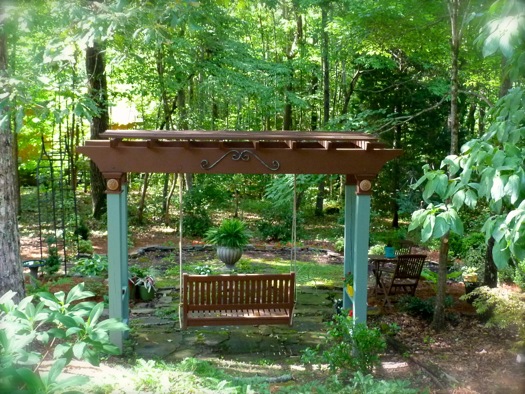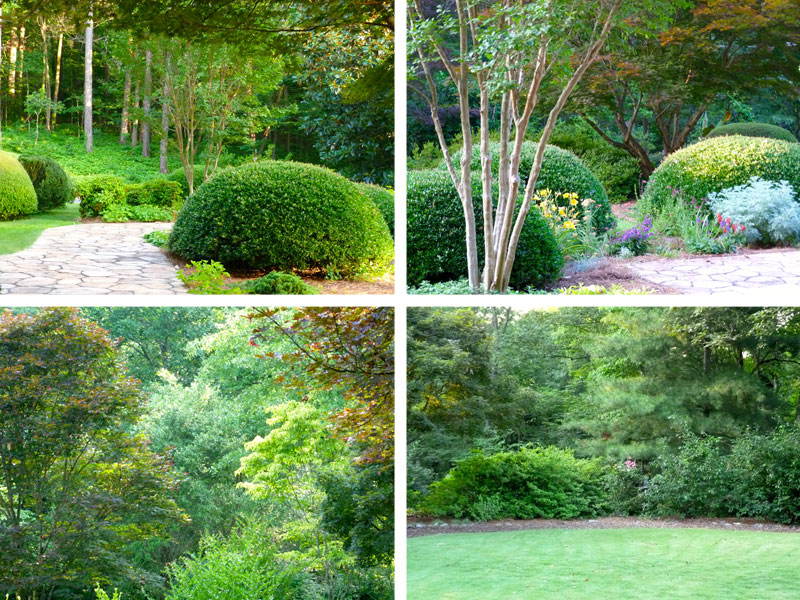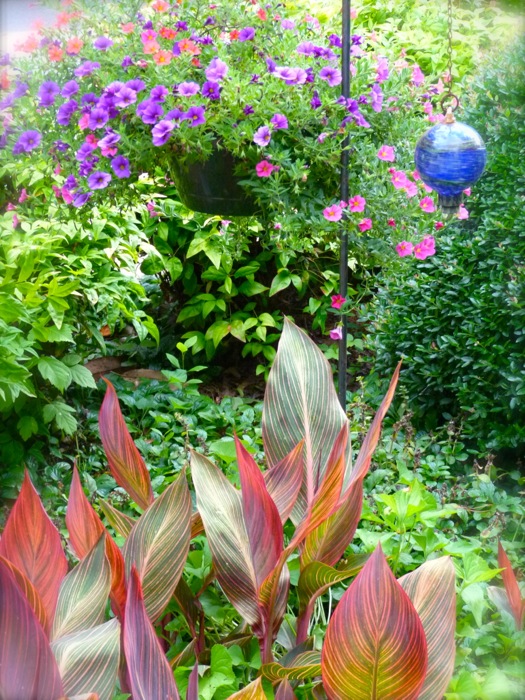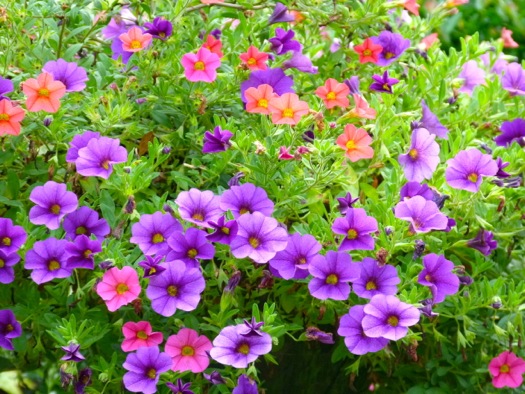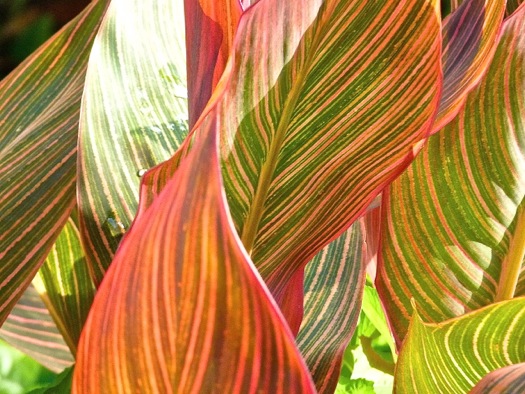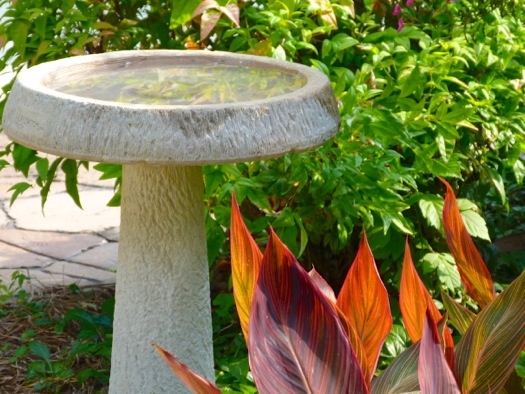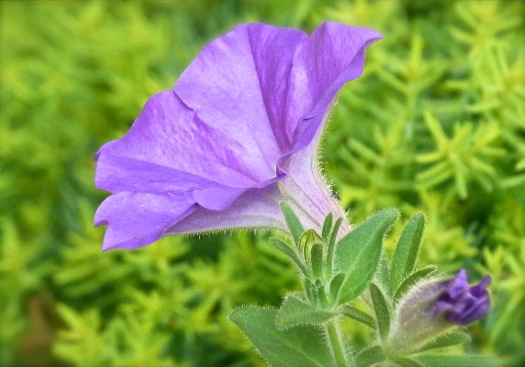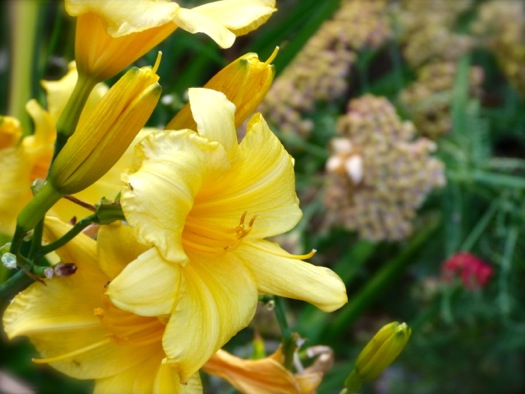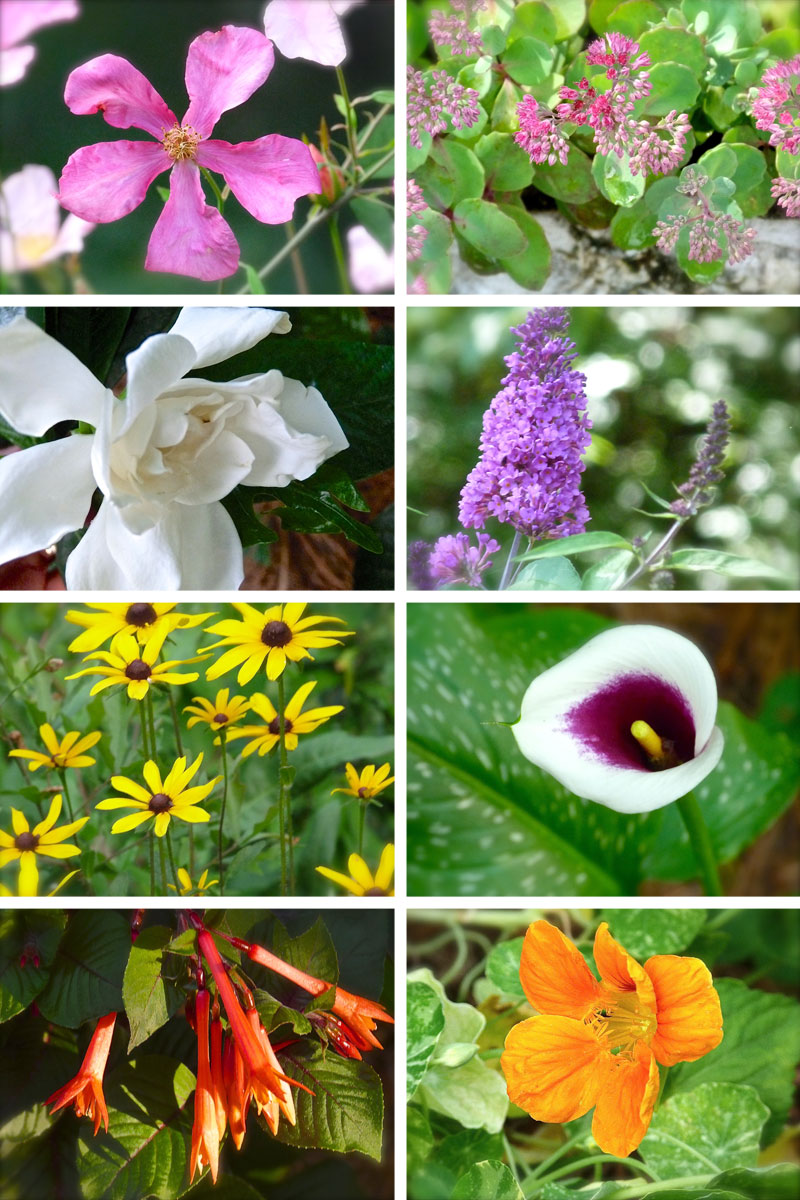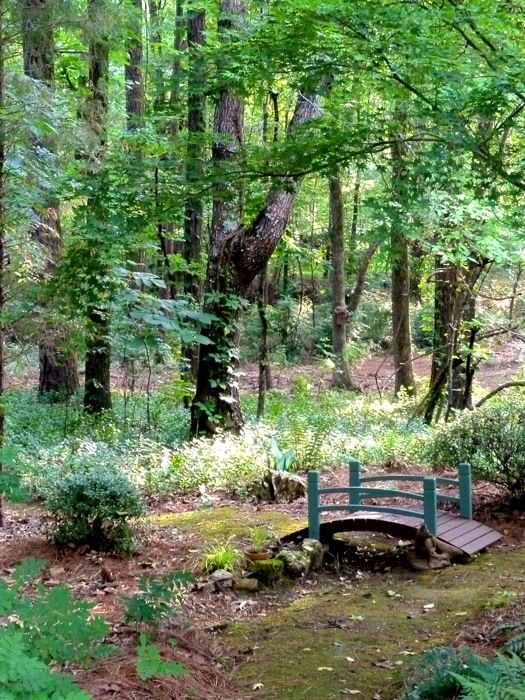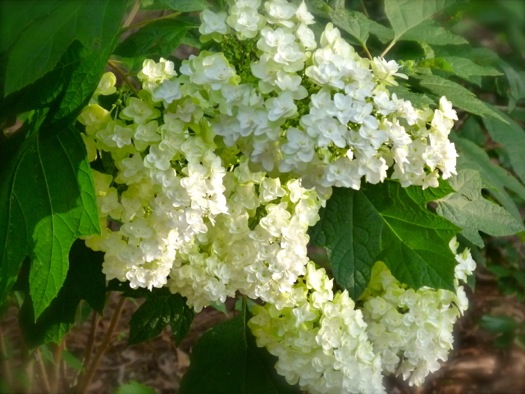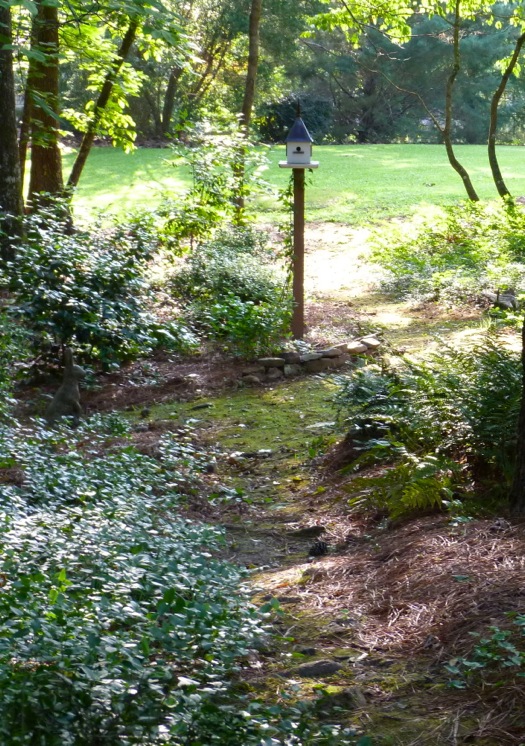Plans to Grow My Apple Blossom Amaryllis in the Ground
 Sunday, June 14, 2015 at 3:00PM
Sunday, June 14, 2015 at 3:00PM I was happy to receive an Apple Blossom Amaryllis as a Mother's Day gift. It came in a wooden box, and the tips of two bulbs were just visible above the surface. It has grown quickly and is now in full bloom. May 10
May 10 June 4
June 4
 June 7
June 7
 June 8
June 8
 June 13: Now it is in full bloom, and see, two more bud are coming up!
June 13: Now it is in full bloom, and see, two more bud are coming up!
Amaryllis (Hippeastrum) will grow outdoors in zones 7b - 10, and my only other amaryllis has reappeared and bloomed each year since I put it in the ground. I am very fortunate, because it is much easier for me to grow amaryllis in the ground than to remember all requirements necessary to get it to bloom again indoors. So Apple Blossom will go into the ground, too.
I have moved my amaryllis indoors to preserve the longevity of the blooms. Once blooming is finished, my plan is to put the amaryllis outside in bright light, then gradually move it to a permanent location in a sunny spot that receives some afternoon shade. I will plant it in well drained garden soil that is high in organic matter. Bone meal is an excellent organic source of phosphorus, which stimulates root growth and flowering, so I will mix bone meal into the soil before planting. I will cut the faded blooms off but leave the stalks until they have turned yellow, because the plant must store nutrients in the stalk in order to bloom next year. I will fertilize it monthly through the summer with an organic fertilizer such as fish emulsion. Mulching is beneficial, especially during fall and winter. Next year when new growth begins, I will begin fertilization again by working bone meal into the soil around the plant and resuming fertilization with fish emulsion.
Then, hopefully, next year I will be again be blessed with these fabulous blooms!
For an update on how the Appleblossom Amaryllis did once I planted it in the ground see this May, 2017 post: Apple Blossom Amaryllis Update
 Amaryllis,
Amaryllis,  Apple Blossom amaryllis in
Apple Blossom amaryllis in  perennials
perennials 